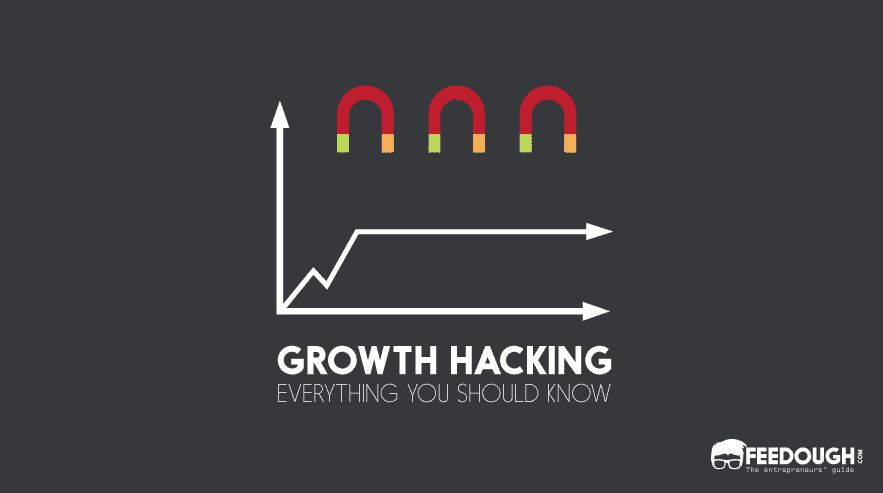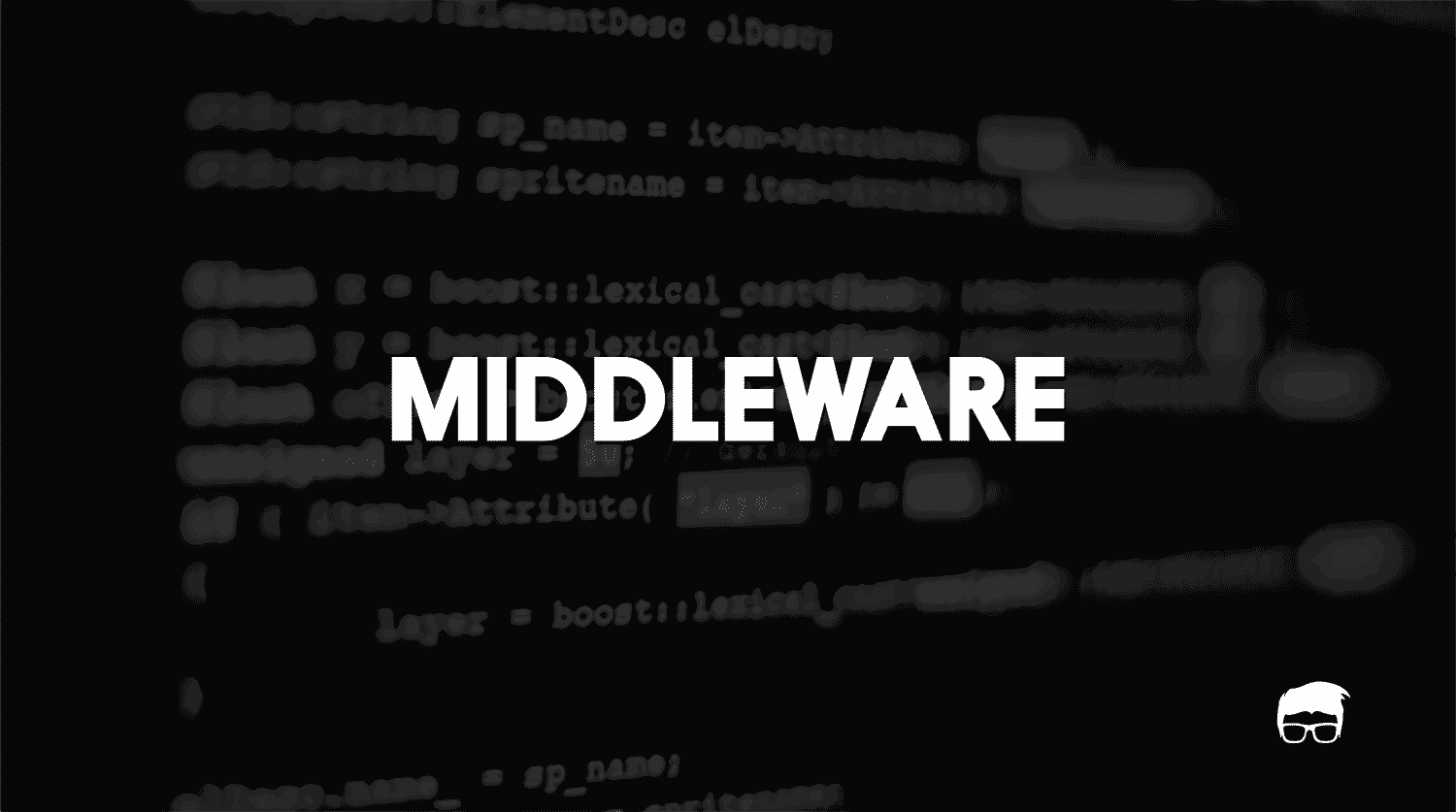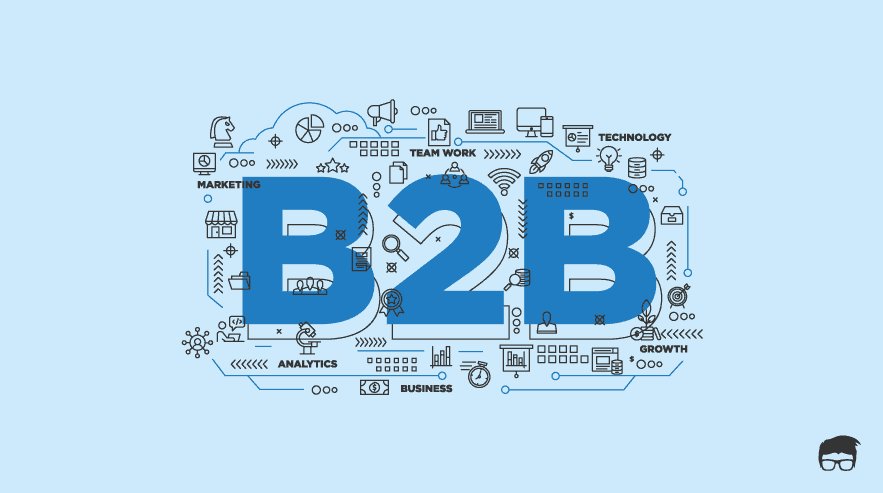Unlike tangible items, software can only be used for what it is programmed to do. Unlike in the physical space where you can use an object for different purposes, you cannot easily use one piece of code to perform an entirely different task.
This is where IFTTT steps in.
What is IFTTT?
IFTTT is short for If This, Then That. Named after the “if” programming conditional statement, IFTTT helps provide a software platform that you can use to connect apps, devices, other platforms and services to one other.
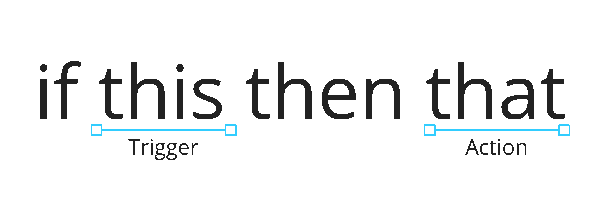
This can enable you to use the output of one software to trigger another service such as say, receiving notification in order to trigger a light in the house so that you get notified much easily rather than glancing at your phone every once a while.
That is just one example of all the things you can do by connecting different apps and services with IFTTT. Here are a few more:
- Use your location to change your phone’s ringer and notification volume accordingly. You don’t know when this would come handy; mostly while at work or in theatres since you don’t have to manually put your phone on silent.
- Update profile pictures on Facebook and Twitter with just one upload. Really handy for those who change their profile pictures often and want to maintain the same one on all platforms.
- Get notification of your favourite teams on any of your devices.
- Add songs from YouTube playlist to Spotify with just a click.
The possibilities are quite endless, only depending on the supportability of the service to work with IFTTT and your imagination.
Which brings us to –
How does IFTTT work? How does IFTTT connect so many services together?
Let’s find out.
IFTTT Business Model
IFTTT can be considered as a software platform that helps connect different services. This is powered by Application Programming Interfaces (APIs) provided by other services.
This means that IFTTT runs on API economy and helps connect two different APIs to open up new avenues for interacting which would’ve been not possible before.
How IFTTT Works?
IFTTT works with the help of services provided by other companies and applets.
So –
What are these services and applets that we speak of?
What Are Services?
Previously known as “channels”, Services are the apps, websites, and devices supported by IFTTT for you to command and create applets with. Services can be anything from an email client to your smartphone apps to smart home devices like Google Home or Alexa.
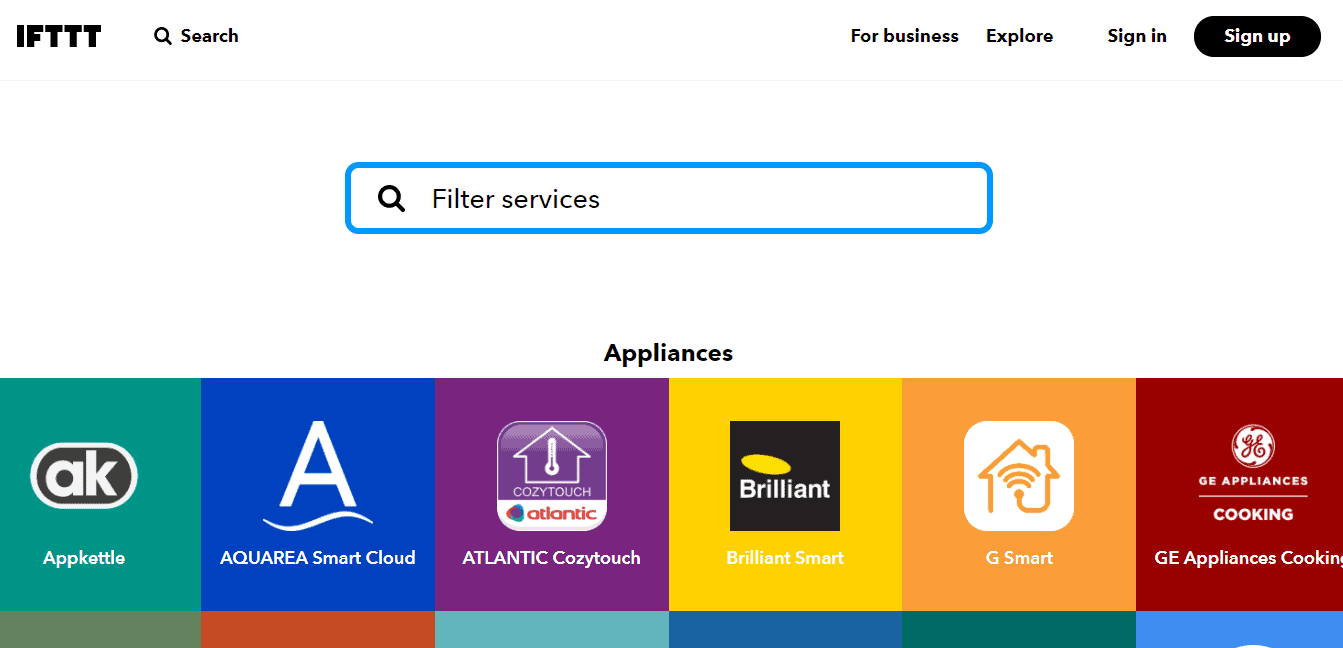
IFTTT supports over 600 services as of writing.
What Are Applets?
Applets are just code that helps connect two different services to run automated tasks. Applets consist of two parts: the trigger (if this), and the action (then that).
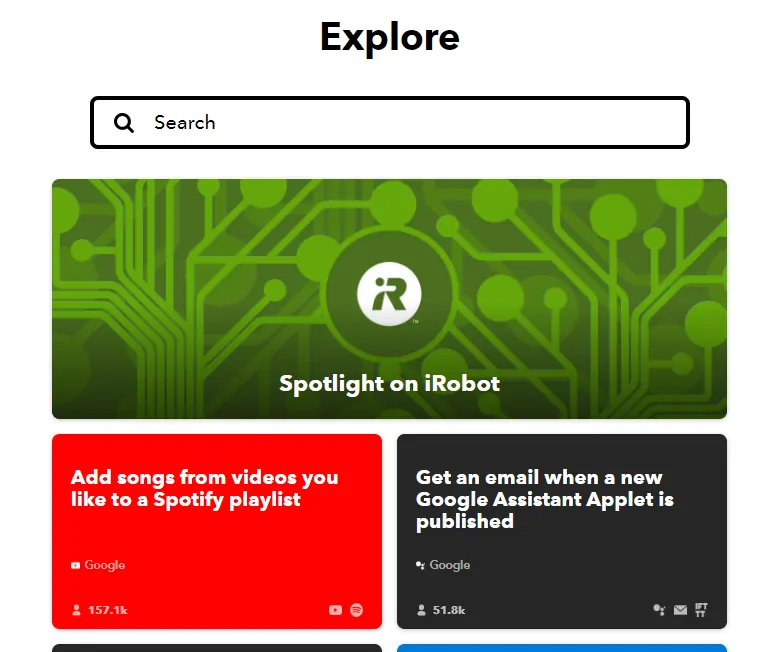
IFTTT currently has over 54 million applets as of writing.
In short –
IFTTT acts as the platform for programming and finding applets from services – by providing a useable and neat interface, along with easy access to APIs of different services under the same roof. It gives tools for creation and listing of applets to those savvy enough while also acting as a platform for searching and using the applets.
Here’s how.
IFTTT’s Operating Model
- Users can join and search for and use applets using the IFTTT platform.
- It allows users to see and manage all the different services on IFTTT.
- Set-up an applet to perform specified actions.
- Create widgets to use specified applets right from the home screen.
How Does IFTTT Make Money
Till 2019, IFTTT had been running its operations via funding obtained from investors. According to Crunchbase, IFTTT had raised about $62.5M in total from its 5 different funding rounds starting back on Jan 1, 2012.
But in 2020, it changed its revenue model. The company shifted to a freemium SAAS model where it charged its users to pay to create apps.
As of date, the pricing model has two tiers:
- IFTTT Standard: It’s free tier that allows the user to turn on unlimited applets but only lets him create 3 applets of his own.
- IFTTT Pro: It’s the paid tier costing $3.99 per month that lets the user create unlimited applets and even use queries, conditional logic, and multiple actions in his applets.
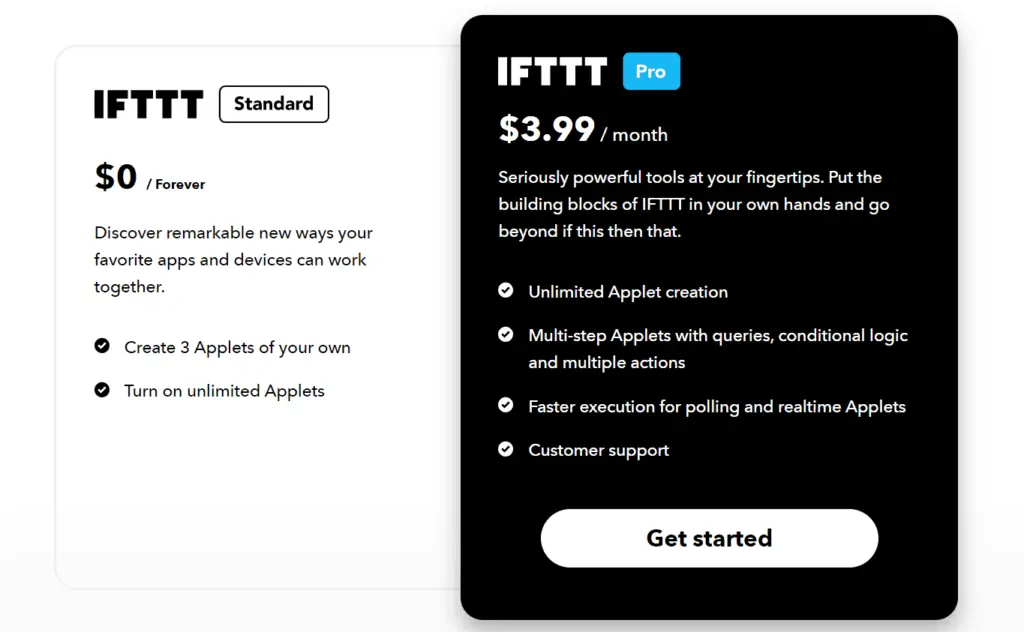
However, till now, the main money-making source of IFTTT is its business plans.
“So many people think of [IFTTT] from a consumer point of view. But the business side is where IFTTT generates a lot of value and where later this year we’ll see more services evolve that cater to businesses.” – Linden Tibbets
IFTTT offers three different monthly plans for business –
- Developer
- Team
- Business
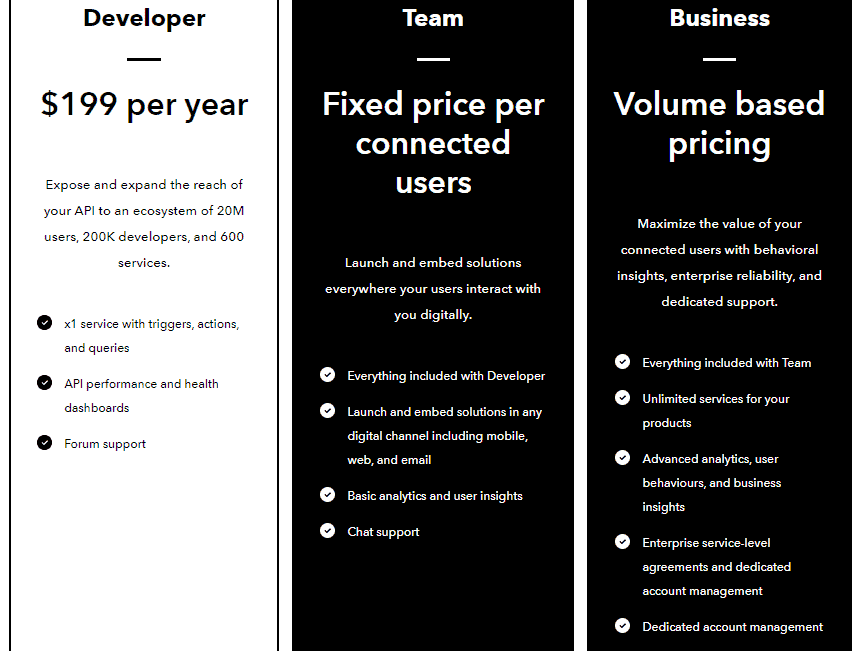
The Developer plan has an upfront monthly fee of $199 per year and provides the basis of services such as being able to create 1 service and obtain the performance of their service and API.
On the other hand, the Team and Business plans provide more features but with prices either fixed as per the number of users using the service and volume-based pricing respectively.
Final Thoughts
IFTTT has a very simple business model of providing API integrations on a large scale to the masses and it has been one of the first to cater to this market. While the number of competitors has increased it has still managed to stay afloat since it employs a small staff of programmers and marketers to maintain and promote the platform.
IFTTT has a lot of venues to open up its revenue streams but seems to be taking it quite slow while building up more partnerships with companies to grow their offered services.
Go On, Tell Us What You Think!
Did we miss something? Come on! Tell us what you think about our article on How IFTTT Works & Makes Money | IFTTT Business Model in the comments section.

Started out to become a developer but felt at home in the home of startups. The journey started from a single novel. Been an entrepreneur since schooling days. Interested in coding, reading and movies.
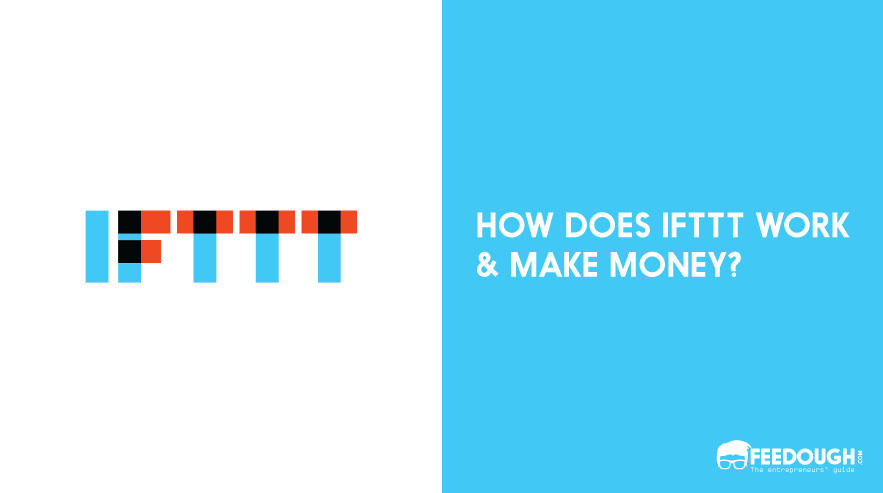
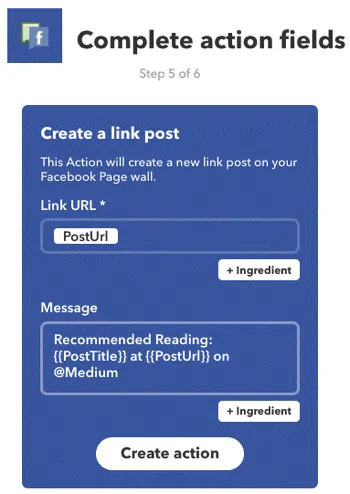
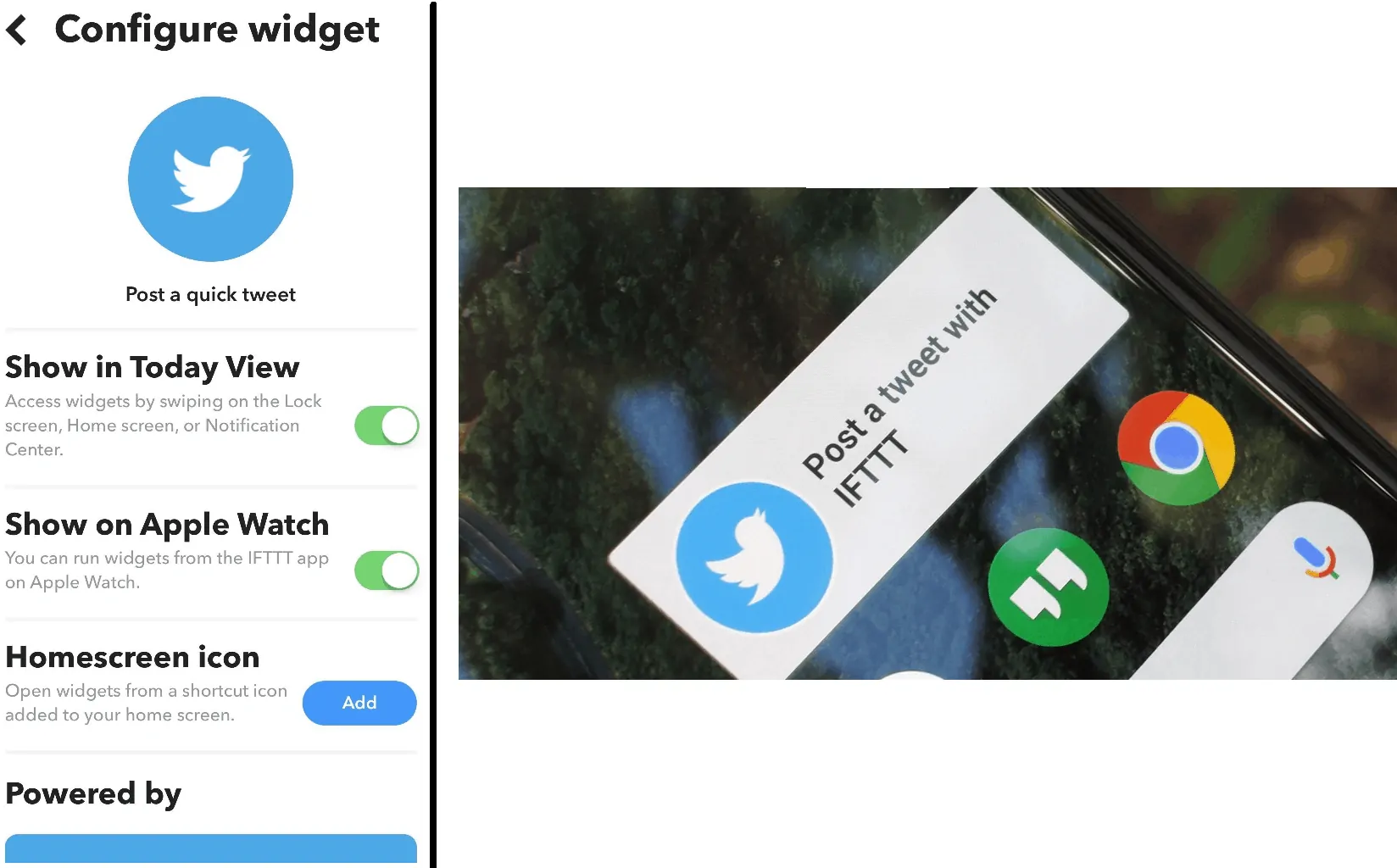
![WhatsApp vs. Telegram [Comprehensive Comparison] whatsapp vs. telegram](https://www.feedough.com/wp-content/uploads/2019/11/whatsapp-vs-telegram.webp)



